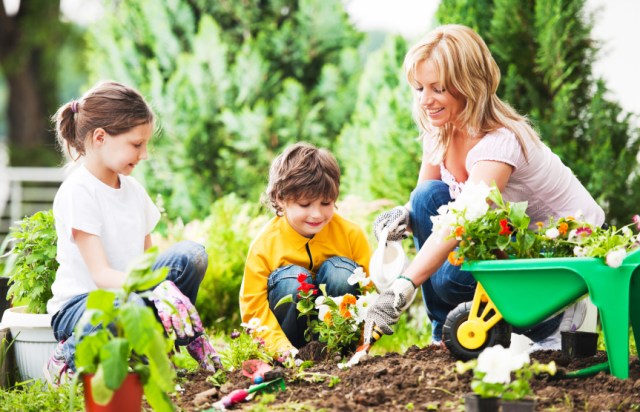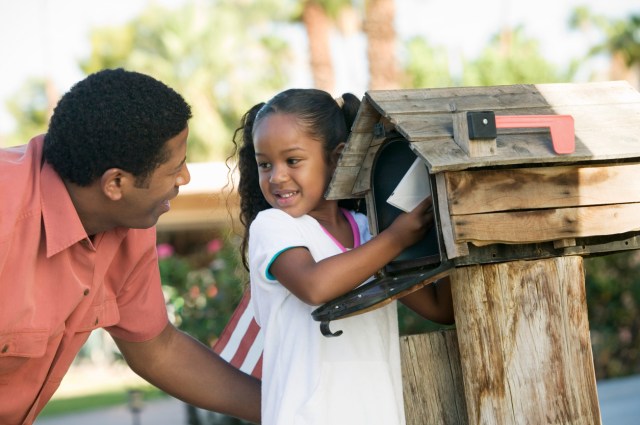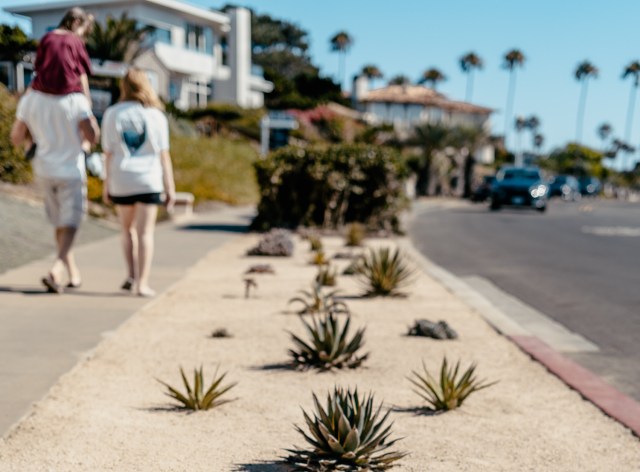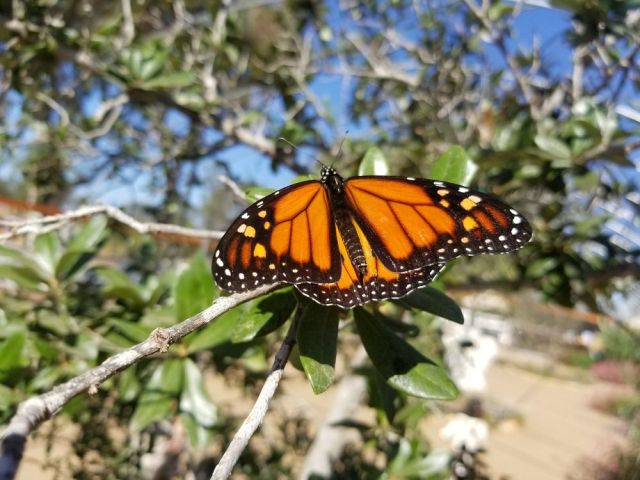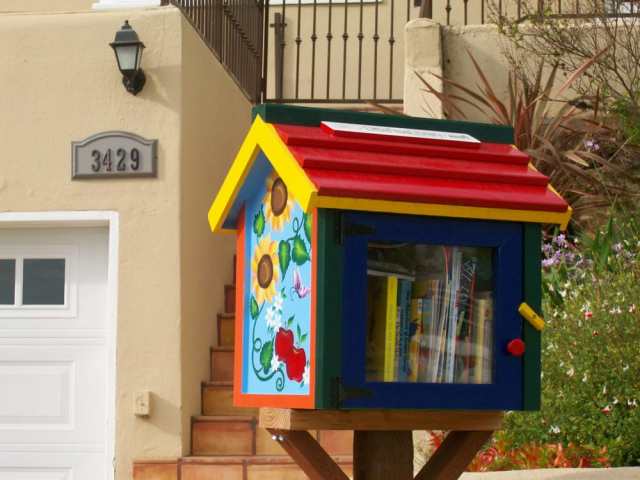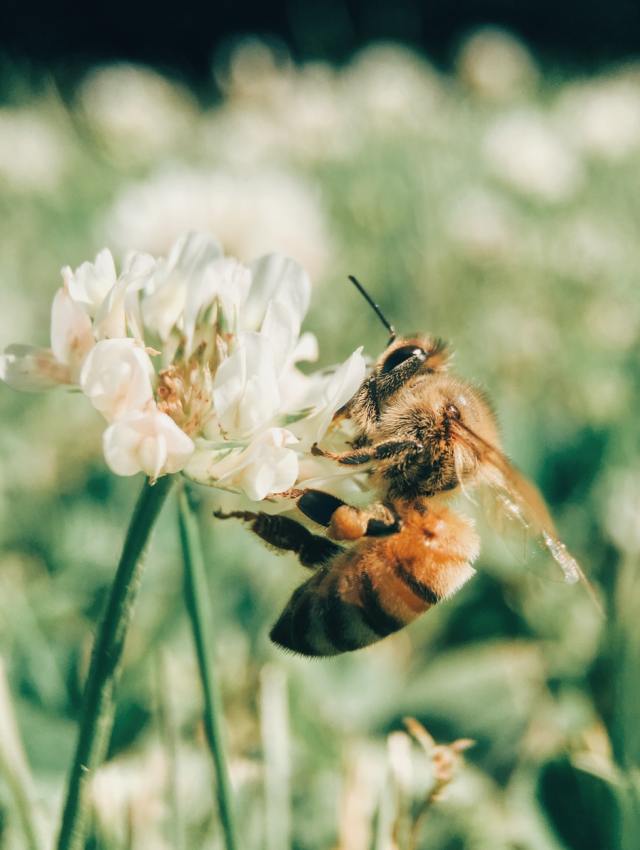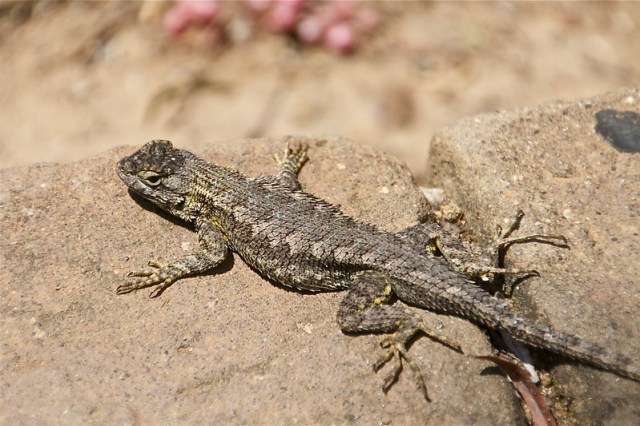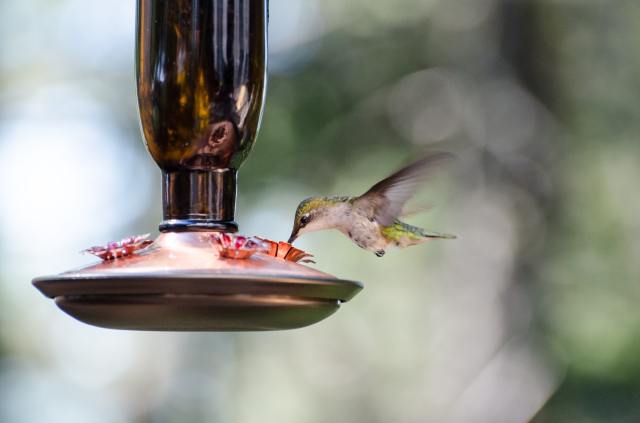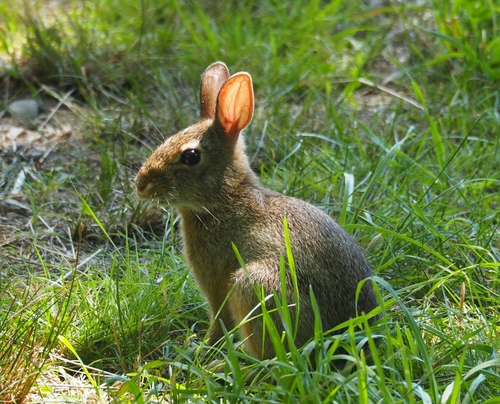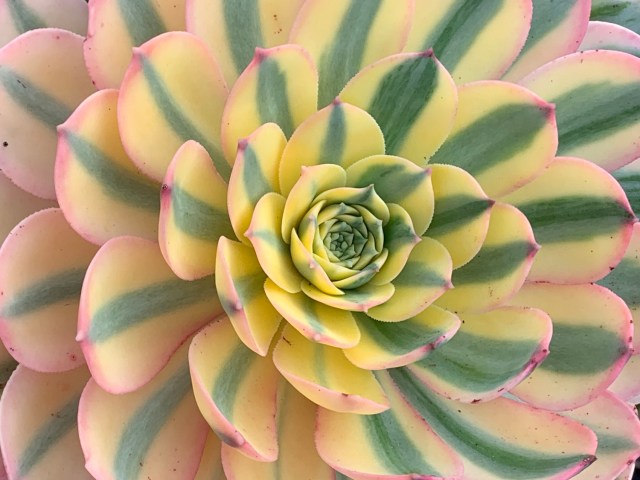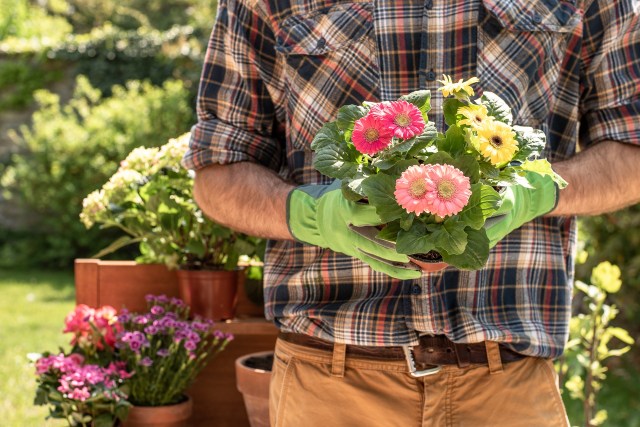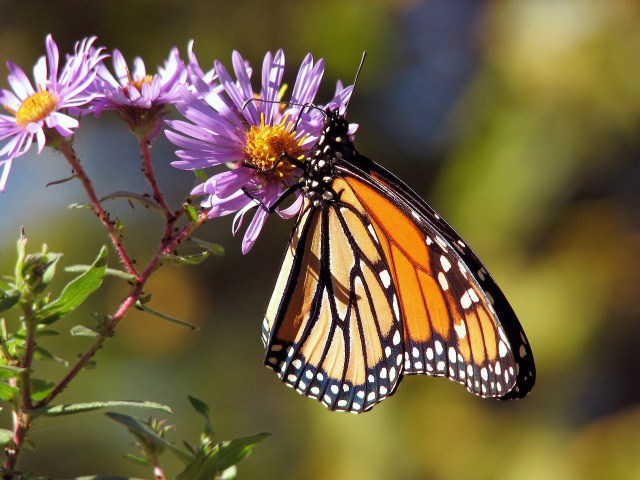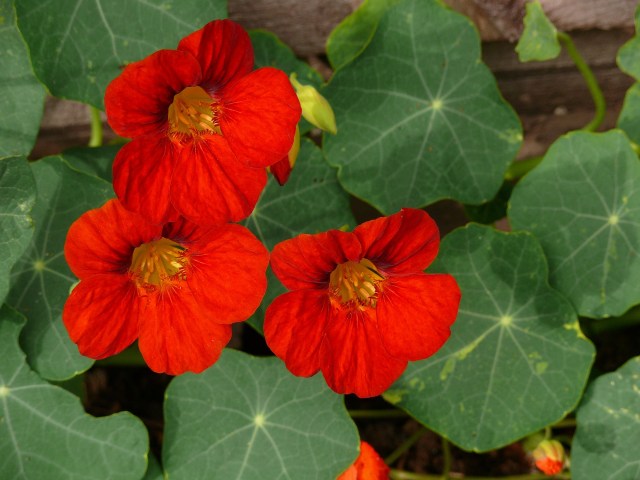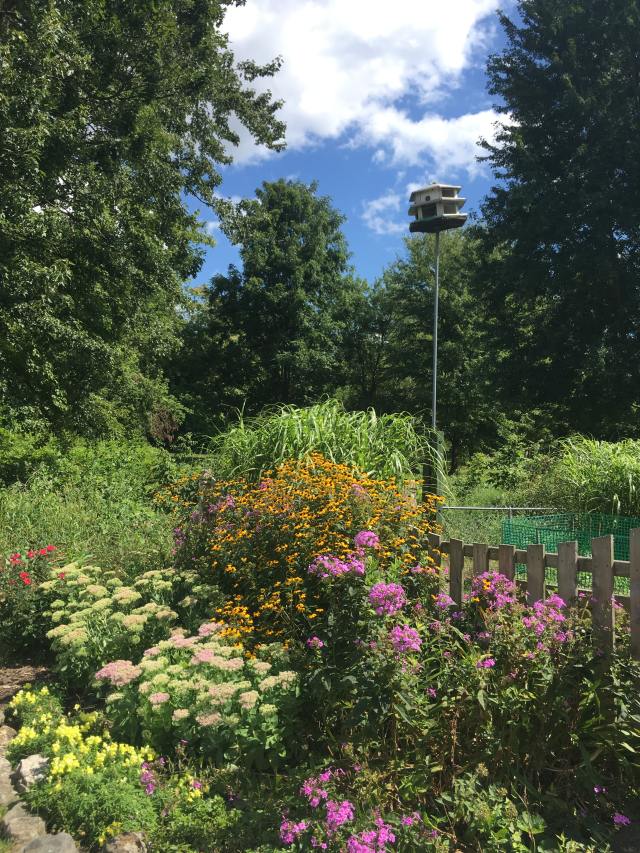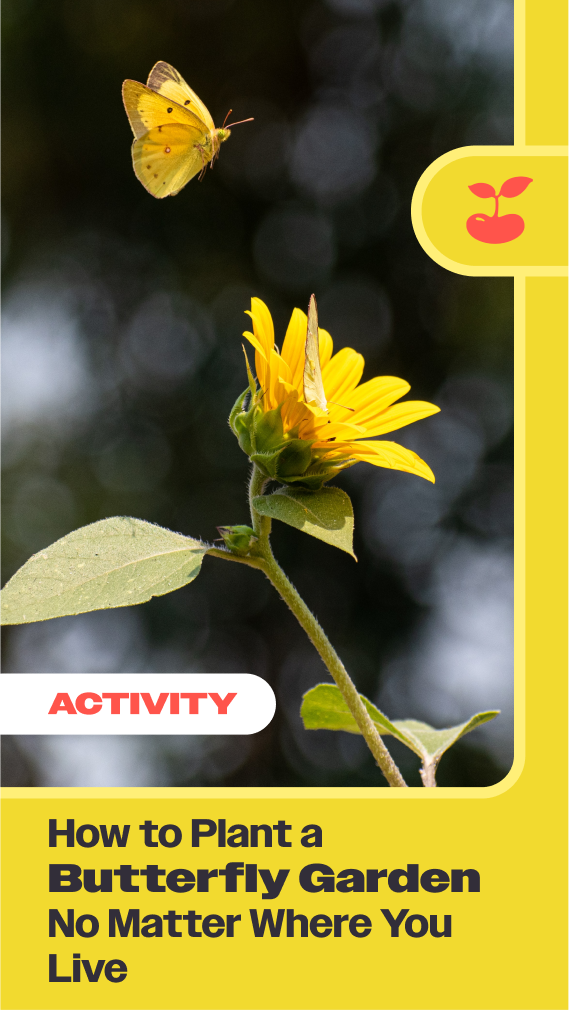It seems like I’ve been gardening all my life. And teaching children the skills and love for gardening are what brings me joy in the gardening world. If you can see their huge smiles and excitement as they watch their plants grow, then you know you have instilled a love for nature. I still remember as a young child, my parents would bring me out to their backyard to help plant pumpkin seeds. I then graduated to planting tree saplings to learning how to transplant, divide plants, and propagate.
While not every child desires to learn about plants, most of them do however enjoy being outdoors and digging their fingers in the soil. There are health benefits to growing your own garden or planting your own food. You get to be outside in fresh air, you decide on what you want to grow, you can see pollinators visit your garden, and you can enjoy the bounty of your fresh fruits and vegetables! And there are many easy-to-grow plants for children no matter their skill level. And with spring just around the corner, now is the best time to prepare for your spring planting. If you like to start with seeds, get them ready as most seeds take about 7-10 days to sprout and then 2-3 months for the plants to be fully grown. If you can’t wait for the seeds to sprout and transplant, then seedlings or small established plants might be a better choice.
Below are 10 ways of getting your child interested in growing their own garden. These are fairly easy steps and you can start small with just a few plants.
1. Start off with easy to grow plants. Beans, beets, carrots, peas, radishes, and tomatoes are all easy beginner plants. Buy organic seeds or seedlings whenever possible as these are edible plants. Peas, tomatoes, and carrots can be easily grown in planters too.
2. Enlist them in the garden design. Decide on whether you want to grow in a planter or directly in the ground. Planters are great for beginners or if you have a small space. Pick planters that have good drainage holes.
3. Make it personal by planting a favorite flower. Check out planting seasons and plant their favorite flower or birth flower.
4. Study the full life cycle of a seed. Most seeds take about 7-10 days to sprout. Seedlings are usually about 2-3 inches tall and can be planted directly into the ground or in a planter that can accommodate the size of a fully grown plant. Growing from seeds is particularly fun because your child can track the growth of the seed as it germinates into a seedling!
5. Take your child to a garden center. Walk around the garden center to see what’s in season and get inspiration. Talk to a horticulturist while there to get some insider tips on growing a bountiful garden! And while you’re there, pick up some plants to take home.
6. Purchase basic garden tools. Buy thick gloves, garden spade, garden hand trowel, a small rake, garden shears, and a watering can. Get either child-size tools or smaller adult sizes so they’ll grow with your child.
7. Go on a nature walk at a local park or arboretum. This will inspire both you and your child to appreciate and discover various plants. Oftentimes arboretums will sell native plants so they’re great for your little ones to choose for themselves.
8. Create a plant journal. Depending on the age of your child, you can have them start a plant journal where they can draw or cut out pictures of what they’re planting. Then record the start date of planting and the growth period. This also helps develop good recording skills for future planting and gardening techniques.
9. Grow specific plants for pollinators. Great plants to grow for butterflies and bees are native flowers or all-inclusive plants such as herbs, sunflowers, and daisies. Pollinators help increase the growth of your own plants as well as help them pollinate other plants. I love growing Milkweed for our Monarch butterflies during springtime. These unique and beautiful pollinators are instantly attracted to this specific plant and you’ll get to watch the cute little caterpillars too!
10. Plant a hummingbird habitat garden. Once in a while, I will grow plants that hummingbirds love right in front of my front door. It’s so delightful to hear their little wings flap as they drink the nectar from my plants. Hummingbird plants include Butterfly Bush, Trumpet Vine, and Honeysuckles. Just think of anything in a tubular flower shape where their long beaks can fit into the flowers. Instill the love of gardening and being in nature when your child is young. Teach them basic gardening skills and they’ll soon want to grow a garden for you! Happy gardening!
